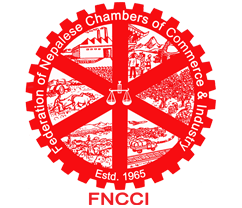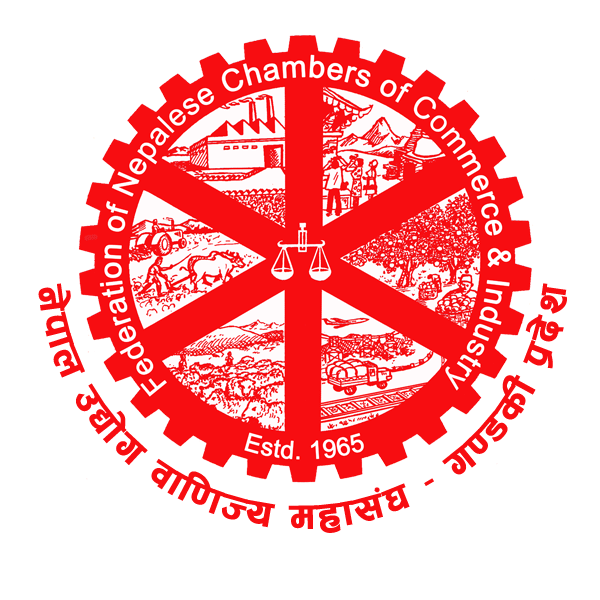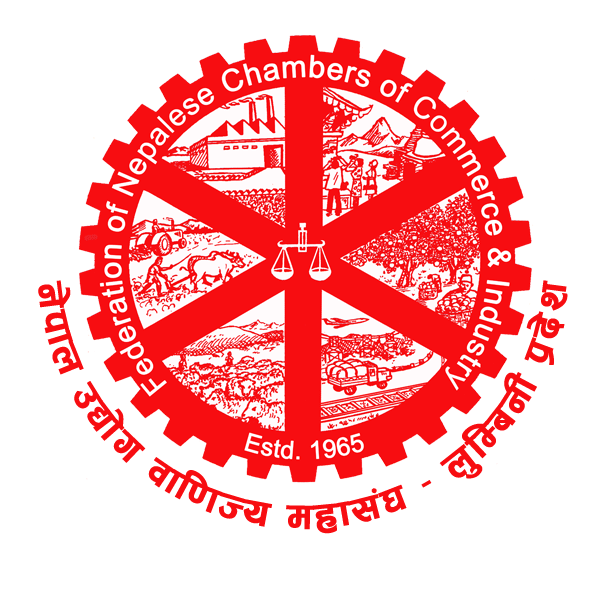Province Profile
Geography
Sudur Paschim province lies between 800 03’ & 81025’ East longitude and 28022’ & 30009’ North latitude. It has an area of 15,539 sq.km i.e 13.27% of the total area of the country. Out of which 40.6% land is covered by Himalayas. 34.54% of land is covered by Mountains and 24.86% of Provincial land is Terai or plain lands. It is bordered by India in the west and south, China and Humla district of Karnali Province in the north and Surkhet, Dailekh, Kalikot and Mugu of Karnali Province and Bardiya of Lumbini Province in the east.
Topographically, the province is divided into four main regions starting from the the high Himalayan Region, Mahabharat region, mid mountains and plain lands of Teria in the south. The highest peak point of the Province is Api Himal (7132 m). Similarly, the lowest elevation of 109 m lies in Kailali district. Two districts Kanchanpur and Kailali lie in Terai region. Doti, Dadeldhura, Baitadi and Achham are four mountain districts.
Apart from the topographical divisions, administratively there are 9 Districts. As per the new constitutional provision there are 88 local governments composed of 1 Sub Metropolitan City, 33 Municipalities and 54 Rural-municipalities with 734 wards.
Sudur Paschim Province has many River’s. Seti and Mahakali are the major river’s in the province. Sub basins like Chameliya, Budhi Ganga, Dar Ganga, Surnaya, Dhikgadh, Hopari Gadh, Rangoon, Doteli Gadh, Spal Gadh, Mohana etc rivers flow through various districts of the province. Province is also rich in Lakes and Ponds. Ghodaghodi Lake of Kailali district, Jhilmila and Vedkot lake in Kanchanpur district, Aadital in Dadeldhura district, Chatiwan lake in Doti district and Khaptad lake are some major lakes in the Province.
SOCIAL AND CULTURAL DIVERSITY
Among various spoken languages in the Province 30% of the population speak Doteli as their mother tongue. Similarly, 30% of the population speak Nepali, 17% speak Tharu, 11% speak Baitedeli, 6% speak Achhami, 3% Bajhangi as their mother tongue. The largest ethnic group in the Province is Chhetri (41.4%). Similarly, there are 17.3% Tharu, 13% Brahmin Hills, 8.3% Kami, 4.4% Thakuri, 4.2% Dalit, 2.6% Dalit, 2.2% Magar. Majority of population are Hindu (97%) in the Province predominantly followed by Buddhist (1%) and Christian (1%), Others 1%. Out of the total population (2552517) of the province 59.67%(1523244) of the population are residing in the urban area.
ECONOMY
As per Economic Survey (2020/21), Sudur Paschim Province contributes 6.9% to national GDP and it is estimated to have a growth rate of 3.56% in the fiscal year 2020/21.
There are 315 commercial banks, 45 development banks, 6 finance companies, 389 Microfinance companies and29,886 Cooperatives in the Province, which is 7.2 percent of the total banking and commercial institutions in the country. Similarly, there are 220 life and 59 non life insurance companies and their branches in the province. There are 708 projects under Priminister Employment Program in the province. Under this program 19576 persons are engaged in various employment programs.
Agriculture and forest is the mainstay of province economy, providing a livelihood for three-fourths of the population and accounting 32.9% of GDP. Industrial activity in the province accounts very low and it shares only 13.8% of GDP, while service sector has a share of 53.3% in provincial GDP. Productivity of paddy in the province is 3.46 MT per ha, which is below the national average productivity of 3.8 MT per ha.
Out of the total paddy production in the country Sudur Paschim Province comprises 11.6%. Similarly 17% of Wheat, 4.2% Maize, 5.5% Buckwheat and 21.9% Barley is produced in the province.
According to Ministry of Agriculture and Livestock development in the year 2077 Karnali Province has Paddy plantation in 98.53% of the Paddy field in the Province.
There are 32558 small & cottage and mini industries in the Province registered under department of industry. Similarly, there are 2670 companies registered under company act in the province.
Karnali Province has immense potential of hydropower. But it has not seen a considerable growth in electrification till date. According to Nepal Electricity Authority report only 34.75% household in the province are electrified. Total number of electricity consumers in the province is 94662, consuming 46525 MWh of energy annually. According to NEA, Distribution and Consumer Service Directorate loss of electricity in the province is 15.66% for the year 2076/77. Out of the total loss in distribution Rukum (west) provincial office, contributes the highest loss percentage of 23.96.
2725 km of road is constructed in the Province. Out of total road constructed only 79 km is blacktopped, 193 km road is graveled and 2453 km road is earthern.
There are 3167 schools in the province with 537457 students including 277186 girls and 260271 boys. All together there are 11840 teachers working in various levels of schools.









